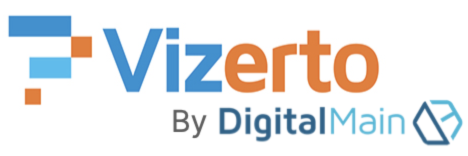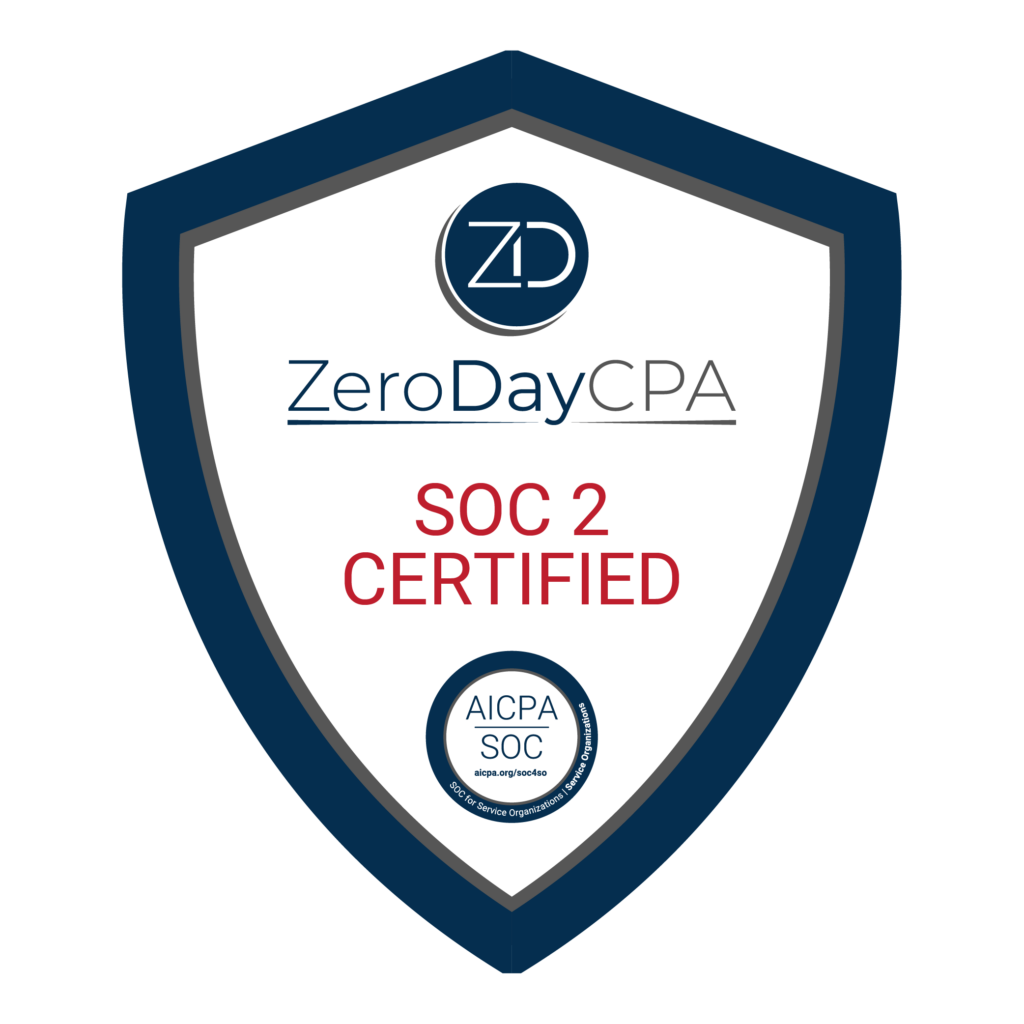Improving sales productivity and efficiency is on every CRO’s priority list. Inefficient and ineffective selling motions within organizations can cost companies millions in lost revenue.
Among all the areas to improve annual revenues, 79% of sales executives say a leading driver of hitting new targets is improving seller productivity. 84% of sales executives cite content search and utilization as the top productivity improvement area[1].
In my second of three articles exploring different, better approaches to sales enablement challenges, I examine why, with so much focus by Sales Enablement, Systems Engineering, Sales Operations, and Product Marketing teams, does content search and utilization still rank a critical improvement area? And why do sales teams continually ask for help? Common sales feedback we hear includes:
Let me do what I do best: sell! I spend too much time searching for or creating content.
Why are there so many places I have to search for relevant information?
Don’t show me more than three answers; I don’t have time to figure it out.
FAQs don’t cover the questions I get asked. I need real questions and real answers.
Our research, and conversations with sellers and customers, reveals four big reasons why optimizing seller efficiency and productivity is so persistently challenging:
- Seller needs aren’t being met. Even the best B2B sales reps can’t be expected to know everything, particularly with increasing offer complexity and more sophisticated technology. Universally, sellers want fast access to correct information, to credibly answer customer questions to win the trust and drive the progress of the sale. Savvy reps create their own knowledge silos based on past experiences, relationships with experts, and knowing which email distribution list works for specific situations. Unfortunately, that knowledge is often trapped or lost when sellers leave the company, while new sellers struggle to find the information they need. It’s time-consuming for sellers to find information to answer questions ‘in the moment’, and the information overload from searches often don’t give the correct answers, requiring yet more follow up.
- Content management solutions focus on information organization vs. consumption. Sellers want to ask a question and get the answer. They don’t want to read a white paper, Powerpoint, specifications document, watch a video, or download Zip files. Most content is structured for ease of authoring, content organization, not for finding fast, concise, accurate answers. Content libraries and collaboration tools are invaluable resources with diverse and powerful applications. Regrettably, such systems lose value because the vast accumulation of information over time means data is not easily available without multiple search attempts, and search results offer no context of value or accuracy for users. Customer questions are unique to their situation, based on their research and product understanding. They often don’t follow how the content structure was to be read/reviewed or searched: neat sets of pre-packaged information with “read the whole article” requirements. The result? The best answers stay hidden.
- Expertise goes to high-value deals, and FAQs aren’t enough. Systems engineers (SE) and product management experts are responsible for building solutions and supporting sellers. Yet, as every seller knows, SEs and experts are constantly pulled into high-value deals so sellers have to rely on email distribution lists of experts for answers. The experts often push sellers to FAQ documents, which sends the seller back into the loop of sifting vast amounts of information to find the right answer.
- Customer relationship management systems track data, not dialogue. In 2020, customer relationship management (CRM) systems are the touchstone of successful businesses. Ironically, while the word “relationship” is in the name, most CRM systems prioritize capturing static customer and opportunity data over “interactions data”. While CRM solutions can capture interactions data, these insights aren’t often effectively mined or threaded through the opportunity life cycle. Critical insights to improve future sales efficiency and productivity, based on real customer questions and objections during the sale cycle, are lost because the context isn’t captured.
Why is “now” the time to make real progress improving seller efficiency and effectiveness?
Now is the time to improve seller efficiency and effectiveness. The explosion of information and business solution complexity is making selling more challenging than ever. Seller frustration, and sales leader dissatisfaction, is reaching new heights. To continue investing time and money in the same sales enablement practices with limited lasting impact is increasingly untenable.
Fortunately, we live in a time where transformational technologies, and user experience advances, are great catalysts for building future platforms to improve sales enablement:
- Artificial intelligence (AI), natural language processing (NLP), natural language generation (NLG), and machine learning (ML) have made significant strides in B2C uses and are primed for B2B use. ML models let us recognize patterns and get smarter with predicting answers. NLG is gaining traction generating natural language responses to direct questions versus requiring users to read multiple paragraphs to find specific answers. This article is an excellent reading of recent NLG advancements.
- The API software economy enables creating technology-agnostic solutions, which support genuine multi-channel engagement (web, Slack, voice, and email). Existing APIs already supports voice-to-text, calendaring, and sending notifications to devices. Today’s sellers use a range of tech-based solutions to access information and intelligence anytime and anywhere.
- Customer expectations for conversational experiences, or personalized one-on-one experiences, are increasing. Static one-way experiences, and even community-based engagement, are declining in popularity. The digital connectedness of teams allows full leverage of key information resources across geographic, time-zone, and work-day boundaries.
How to improve seller efficiency and effectiveness?
While it is easy to acknowledge the need for improvement to sales enablement, a truly different, improved sales enablement solution will use existing investments, take advantage of the transformational and emerging technologies and resources described above, and take into account the practical realities of today’s world, including:
- Concise content. For fast, assured consumption, data must be concise, consumable, and in the right format for the channel being used.
- Understanding the user’s intent. Understanding a user’s intent when asking a question is essential to creating the ability to find and deliver the needed answer quickly.?
- Human intelligence and AI are stronger together. AI and ML are extraordinary tools, but it is important not to overlook the knowledge value of an organization’s experts. The most effective enablement solutions will blend human and AI/ML expertise.
- Dynamic routing. Expertise within an organization is no longer limited by location, position, time zone, or any other resourcing factor.
- Customer expectations. With B2B buyers completing up to 60% of the purchase process before engaging a sales rep, customers expect fast, accurate responses to questions when they do engage. Increasingly customers differentiate between solutions and brands based on the trustworthiness of sales reps in answering questions.
- Answers where needed. Sellers need answers to their questions across the channels they like to use, whether Slack, web, email, or voice. Effective enablement solutions won’t interrupt, intrude upon or push information to sellers but will be available for the query at any moment and will keep previous user context.
What solutions have you seen that aim to solve seller enablement challenges using these techniques? And what has your organization done to overcome sales enablement challenges with these techniques?
Read the first article in my three-part series exploring different, better approaches to improving sales enablement challenges here: Despite investments in seller tools, content and training, B2B sellers still struggle with productivity and answering everyday questions



